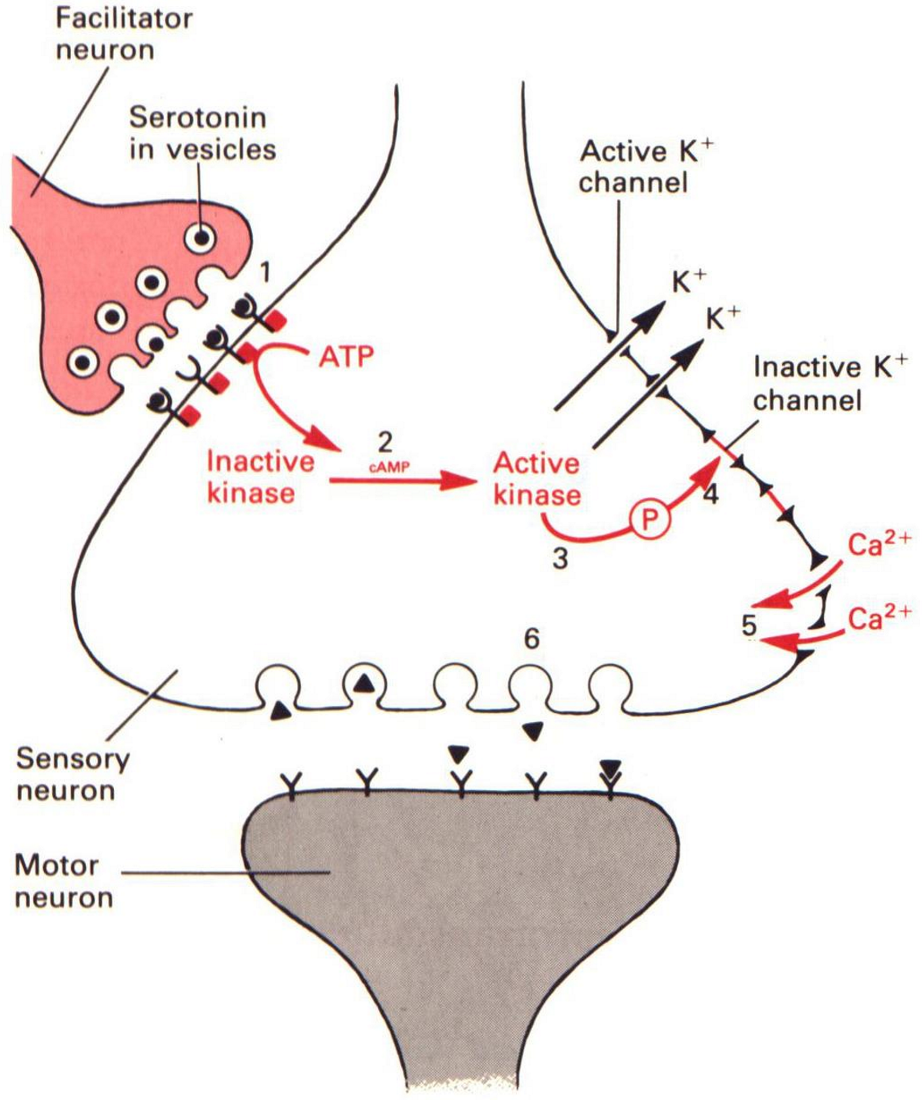Page created on April 10, 2018. Last updated on December 18, 2024 at 16:56
Ion channels
Ever wondered how ion channels can be specific for one ion? How can a Na+-channel not let K+ also pass through?
Ion channels are a sort of “tube” in the cellular membrane. Because different ions have different sizes, it is obvious that ions which are too large for the tube cannot pass through.
But what stops smaller ions from passing through? An energetical barrier does, not a physical barrier. When the “correct” ion passes through its ion channel, it has some loose bindings to the walls of the ion channel on the way through. This decreases the energy that is required for passing through the ion channel. Ions which are smaller don’t form these bindings to the wall of the ion channel, because of the increased distance to the wall. The lack of these loose bindings makes it too energetically expensive for smaller ions to pass through, thereby preventing passage of smaller ions.
There are some ion-channels that open or close in response to increased or decreased membrane potentials. These are called voltage-gated ion channels. They work with electrostatic forces.
Neuronal growth
Neurons are very picky about where they want to grow their long processes. Neurons don’t survive on glass or metal and won’t grow their processes on either of these materials. In the body, neurons travel on processes of glial cells. A protein called nerve growth factor (NGF) is essential for a nerve to grow.
Nerves can grow processes over long distances which will eventually reach other cells like Schwann cells. Schwann cells produce so-called target derived trophic factors, which let the nerve cells know which direction to grow their processes in to make the process reach the Schwann cell.
Learning
Protein kinase A is very important in learning, or classical conditioning, in the snail Aplysia Californica. PKA phosphorylates and inactivates K+-channels, which alters the membrane potentials and therefore the nerve signal. This influences learning. PKA is activated by cAMP. The enzyme phosphodiesterase (PDE) breaks down cAMP. If PDE is impaired either genetically or by medication, cAMP won’t be broken down, so the K+-channels will be phosphorylates too much, which inhibits learning.

“This decreases the energy required for passing…making it energetically expensive for small ions”
Shouldn’t it increase it then ?
No. I’ve reworded that part, hopefully it makes more sense now.